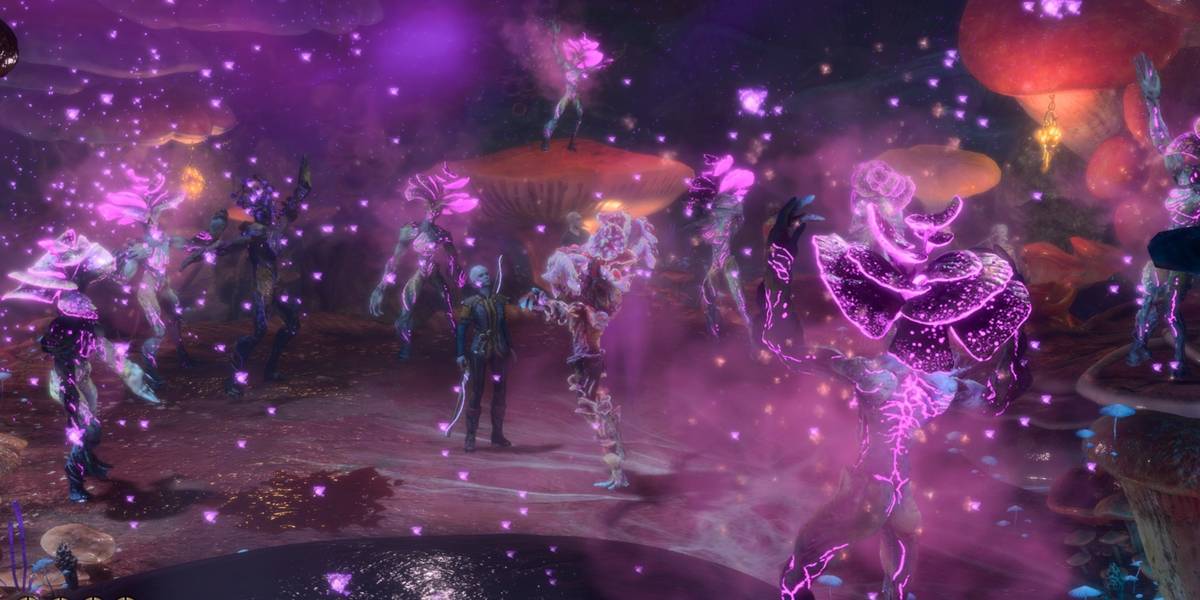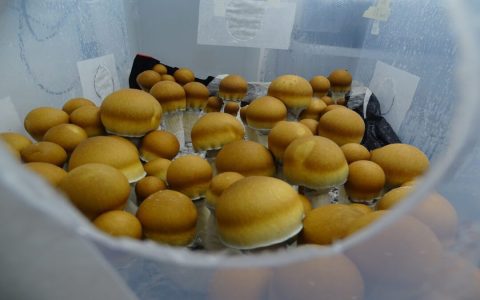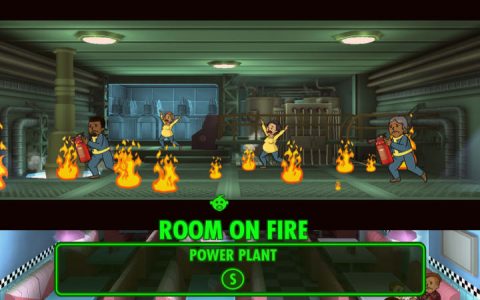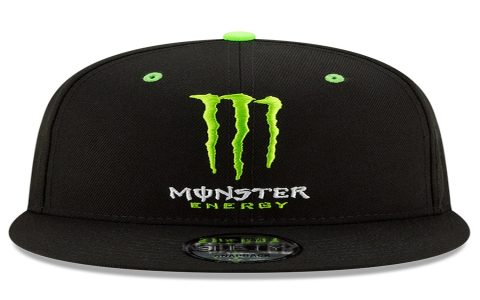Lump of Myconid Flesh
A lump of myconid flesh refers to a biological sample obtained from a myconid, a sentient, bipedal fungus creature often encountered in subterranean ecosystems or deeply forested areas. This organic matter is distinct from typical animal tissue, being primarily composed of fungal hyphae and related cellular structures.
Key Characteristics:

- Texture: Generally spongy, rubbery, or dense, akin to the fruiting body of a large terrestrial mushroom. The texture can vary depending on the specific species of myconid and the age of the tissue.
- Appearance: Coloration can be diverse, ranging from pale white, grey, and earthy browns to more vibrant hues like purple, blue, or even bioluminescent shades, reflecting the parent organism's natural pigmentation.
- Odor: Typically emits a strong, earthy, fungal, or musky scent. Some variants might possess a slightly sweet or acrid aroma, potentially indicative of specific compounds.
- Composition: Primarily fungal material, potentially containing spores, enzymes, and various organic compounds, some of which may have psychoactive or medicinal properties.
Potential Uses and Significance:
- Alchemical Ingredient: Highly sought after in alchemy for its unique properties. It may be used in the creation of potions related to healing, inducing altered states of consciousness, plant or fungal growth stimulants, or even toxins.
- Research Material: Valuable for mycological studies, understanding fungal biology, and exploring potential antimicrobial or bioactive compounds.
- Rare Food Source: In some niche contexts or survival situations, it might be considered a food source, though caution is advised due to potential toxicity or psychoactive effects if not properly identified and prepared.
- Component in Rituals or Crafting: Its connection to fungal life, the underdark, or specific magical properties can make it a component in certain rituals, or rarely, in the crafting of specialized organic items.
Considerations for Handling and Use:
- Spore Release: Handling may risk the release of spores, which could be allergenic, infectious, or capable of propagating new fungal growth if environmental conditions are suitable.
- Toxicity/Psychoactivity: The flesh of certain myconid species can be toxic or contain potent psychoactive substances. Proper identification is crucial before any form of ingestion or extensive handling.
- Preservation: Being organic fungal matter, it is prone to decay and contamination if not preserved correctly, often requiring desiccation, cold storage, or specialized chemical preservation.










